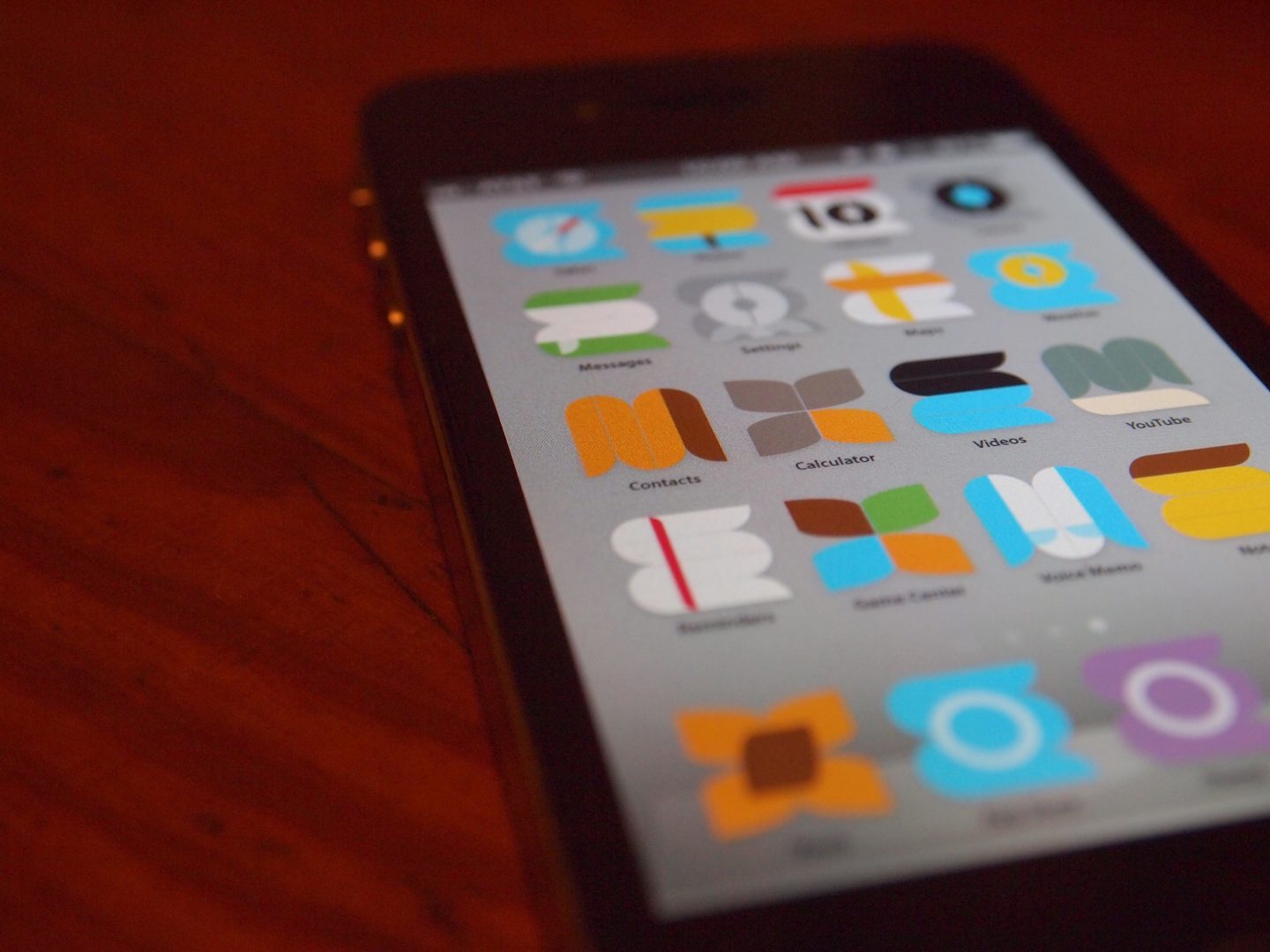Let’s talk about legal apps.
Legal apps are exciting! They are embodiments of entrepreneurial spirit and a fusion of law and technology. They work to improve things like access to justice, and to make the law more accessible for everyone in a lot of cases. For me, these apps fall into 4 main categories, which I would call “buffer” apps, “productivity” apps, “information” apps and “other” apps.
Buffer apps recognize that there is a gap between the law and what people understand, and in most cases what people need. The result is that the law becomes unintelligible to people who only need a small part of it, because what they need gets lost in the expanse of the legislation. These apps seek to guide the user to the bits of the legislation that apply to their situation, and help them solve their problem. Apps like Thistoo and Blue J Legal are leading the charge in this area!
Productivity apps tackle the access issue differently; they tackle it on the lawyer’s end. Their goal is to increase the productivity of the lawyer so that they can focus on the legal issue better, and spend less time doing things like paperwork and filing. Programs like Clio have helped move this forward immensely, and almost anything that automates forms increases productivity by a large threshold.
Information apps generally seek to educate people! These are usually free apps, and they aren’t looking to make much money, but simply to spread awareness about a given issue. These apps target traditionally under-educated groups, and people who may not be aware of their legal rights, or that they even have any. The Legal Innovation Zone has done an excellent job supporting these kind of apps, with Legalswipe and JusticeTrans, arguably two of the leading apps in this sector, both being founded and worked on there.
Finally, there are the other apps. These are anything and everything great about legal apps that don’t quite fit into any other category. For example, Coparently, a tool to help separated parents schedule around each others time, so that they both can spend time with their children and track expenses. Casehub and Crowdjustice, who both seek to bring class actions in the public interest to light, and make sure they reach the courtroom. As a final example (and a little bit of horn-tooting!) there are apps like Summons, which are seeking to make the courts more accessible to people by cutting down the opportunity-lost time they have to spend waiting for their summons in court.
Legal apps are exciting, like I said before. They do some great things, and really help move along the access to justice issue, by targeting particular pressure points within the justice system. However it is important to recognize that they are not the ultimate solution to the access to justice issue, but a reminder that the profession and the judiciary need to improve access, or others will do it for us and succeed where we have failed.



Provide Feedback